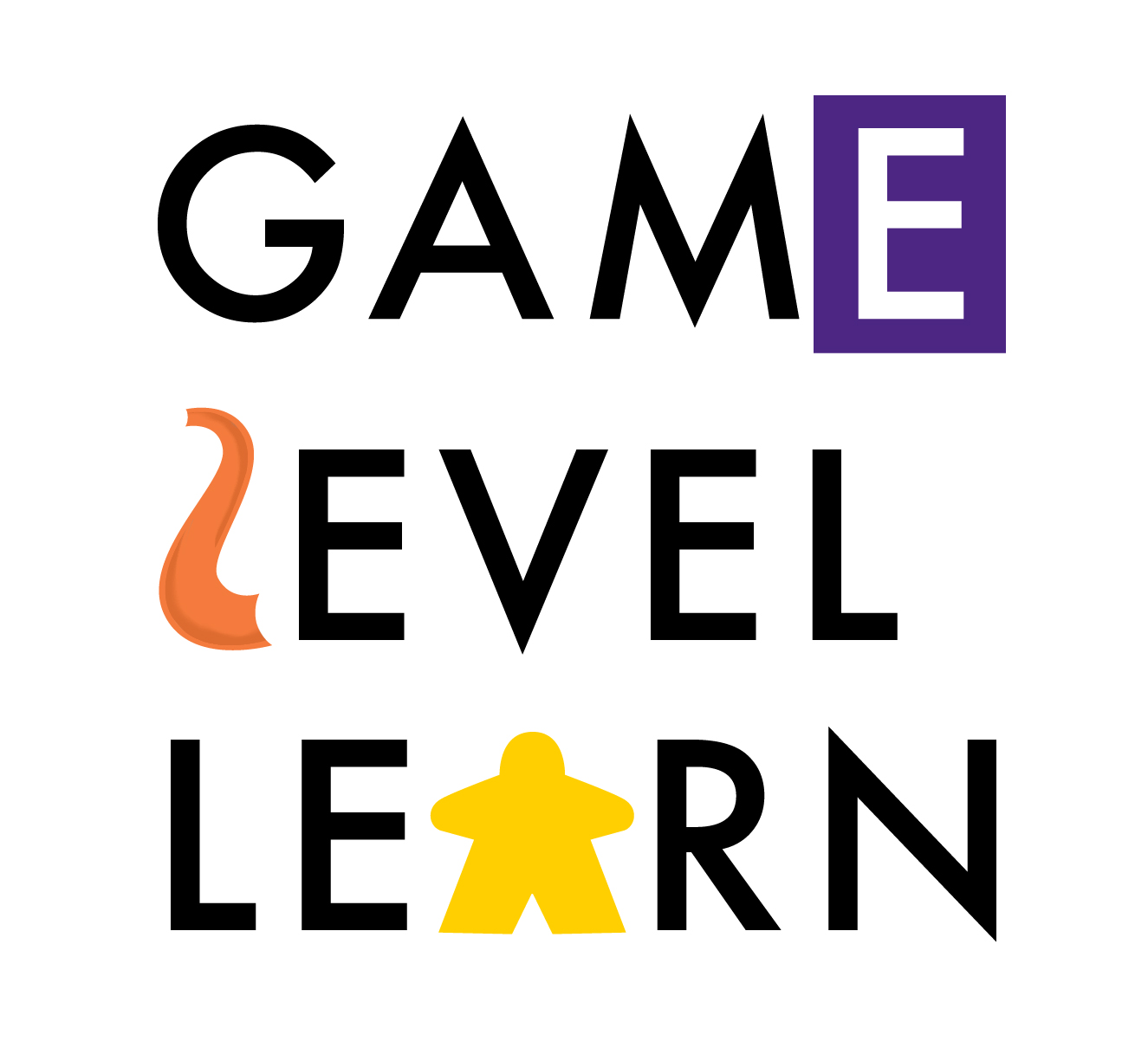51 Mechanics: Area Control / Area Influence
/BoardGameGeek (BGG) is a singular repository of gaming information, knowledge and wisdom that has been serving the modern board game hobby since 2000. I consult it regularly and have used its database to manage my own game collection. I also used it when I was writing my 2016 book on gamified instruction, particularly with regard to the game mechanics that BGG identified and organized content into. While there are more than 85,000 games, even now, there are just 51 mechanics. Since every mechanic offers something to the teacher who wants to use games in the classroom, I'm going to use this section of Game Level Learn and my own contributions to it to assess games from each of these 51 mechanics. Next up?
Area Control / Area Influence is a venerable and very popular mechanic that has had a long life. In this kind of game, you generally have a board split into zones which players vie to control by means of influence (of a military, political, economic or other type). These games are interesting because they mimic the expansions of systems and the decline of these systems under pressure from outside forces. Moreover, they can help someone learn how influence works, where it fails and how it interacts with other systems of control. Games featuring this mechanic are often heavy. The 5 games below that a gamifying teacher should play are selected from the lighter versions, rather than the heavier (with one notable exception).
Carcassonne (BGG Rank: 128)
Long considered one of the great gateway games (games for those newest to the modern board gaming hobby), Carcassonne is a beautiful game with straightforward mechanics. Each player has a handful of meeples to use to mark control of cities, cloisters, roadways or fields, each of which scores points in one manner or another. A great game for learning the basics of this mechanic and for getting your feet wet in the hobby.
Civilization (BGG Rank: 182)
Not remotely light! But a well-regarded classic nonetheless. In Civilization, you are tasked with managing the growth of an ancient civilization from its technological dawn through its emergence as a fully developed Iron Age society. Each civilization has the same basic start in life, but there is a high degree of geographic determinism in the game (the geographical reality of a society starting on Crete is fundamentally different from that starting in the Nile Valley). Societies engage in trade, suffer calamities, acquire technology and compete for land on their frontiers. A long and slow, but deeply rewarding game experience.
Small World (BGG Rank: 152)
Small World, a reimplementation of Vinci, is a game in which you take control of a fantasy race (ratfolk, dwarves, skeletons) with a unique quality or power (bivouacking, dragon master) and you use units derived from the combination to conquer land in a fantasy world. A pure expression of this theme and easy to learn. Younger players will like the combination potentials even more than free-spirited adults.
Smash Up (BGG Rank: 543)
Like Small World in some respects, in Smash Up you take two decks of cards representing, generally, themes/gestalts from sci-fi/adventure tv and film (pirates, ninjas, animate plants, zombies) and shuffle them together to create powers in combination. The player then uses those cards to conquer "bases" or areas. Great fun, straightforward gameplay. Accessible to younger players.
Tigris and Euphrates (BGG Rank: 56)
An old (and bewildering) favorite that has just been re-released in a new edition. In Tigris and Euphrates, players are jockeying to be the most balanced civilization at the end of the game (the winner is the player whose score in his/her poorest area is better than everyone else's...hence the bewildering). A well-respected classic of the German design aesthetic. Pure, simple to learn but difficult to master and elegant.
[Carcassonne image from: https://boardgamegeek.com/image/145982/carcassonne?size=original]

